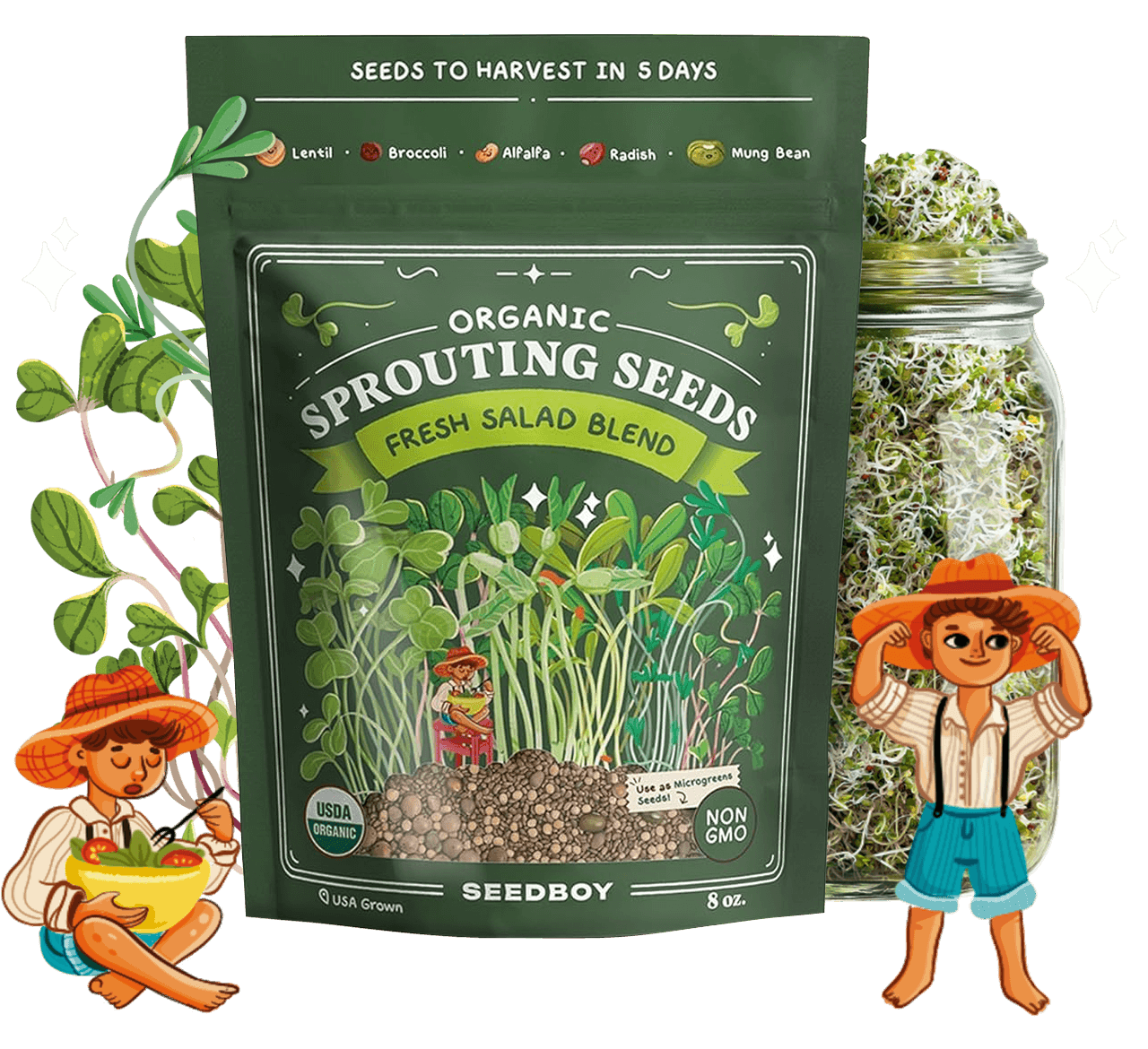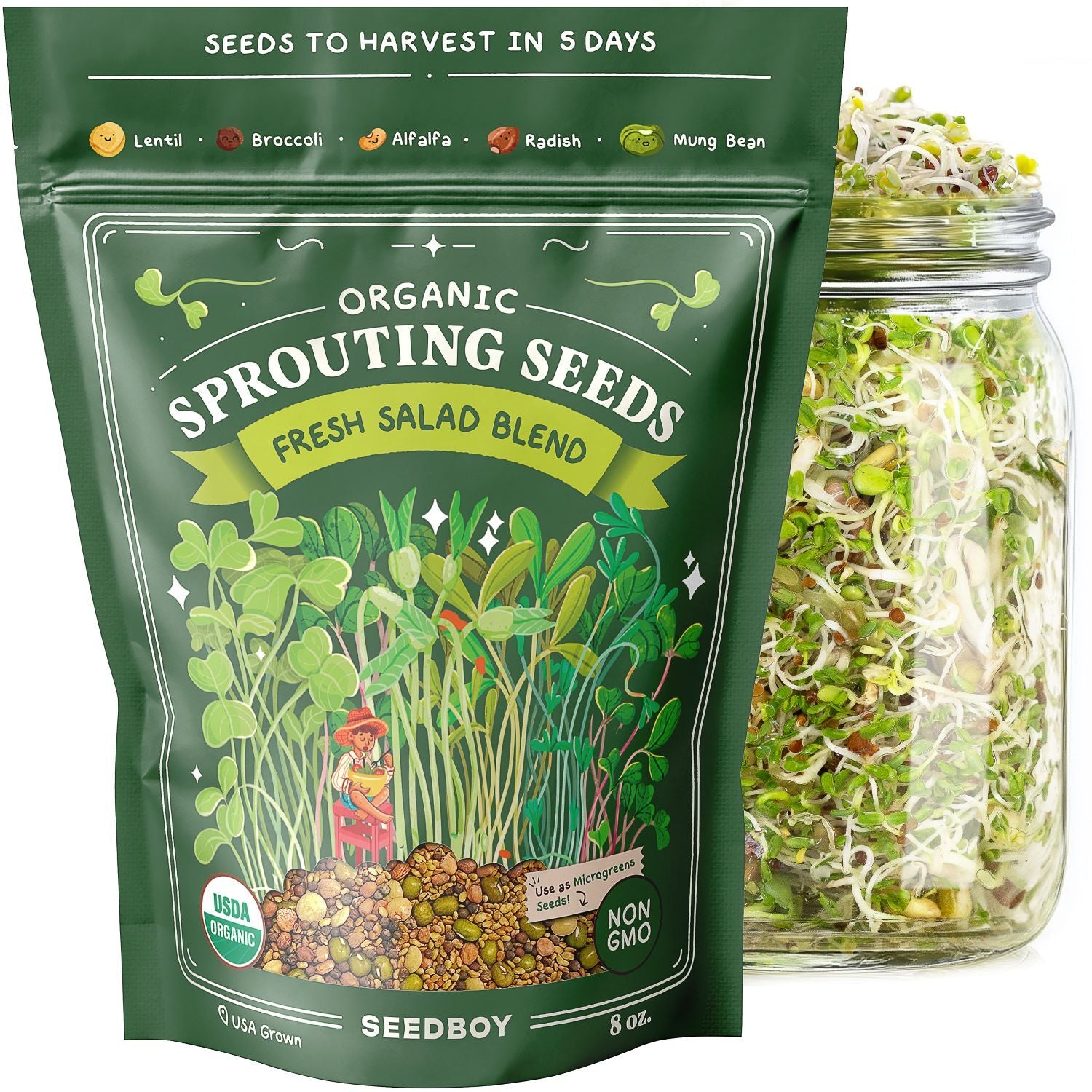
GROW GUIDE
Bloomsdale Spinach
Spinacia oleracea
Plant Description
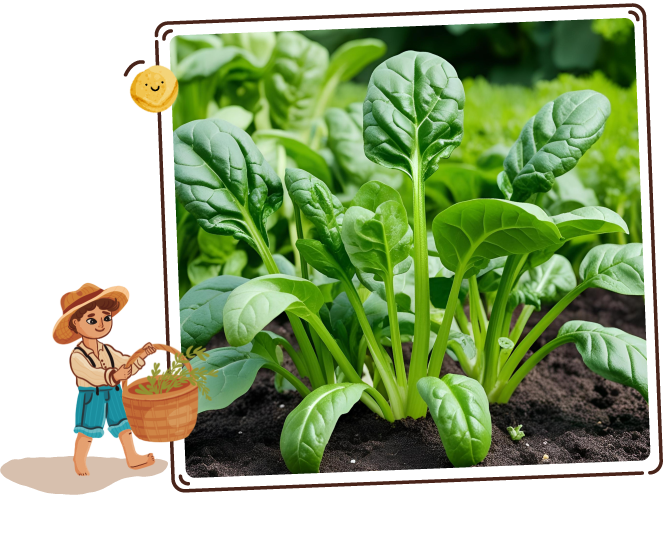
Bloomsdale Spinach
A hardy, leafy green with tender, smooth leaves, spinach is prized for its slightly sweet, grassy flavor and rich color.
Packed with essential nutrients, this cool-season vegetable brings a fresh, wholesome touch to dishes, whether enjoyed raw in salads or sauteed into warm recipes.
Quick Facts:
-

Sun Requirements
Full Sun
-

Days To Sprout
5-10 Days
-

Days To Harvest
40-50 Days
-

Plant Spacing
4-6"
-

Seeds Per Hole
2
-

Planting Depth
1/2"
Best Planting Locations
-

Garden Rows
Perfect for cool-weather growth, allowing ample space for leafy expansion and easy harvest.
-

Partial Shade Areas
Ideal for hot summer months by reducing exposure to intense sunlight and helping leaves stay tender and sweet.
-

Raised Beds
Provide good drainage and soil warmth, promoting healthy leaf production in early spring or fall.
-

Containers
Suitable for patios or balconies, offering control over soil and moisture, making it easy to protect from heat.
Getting Started

-
1
Find the Spot
Thrives in full sun and cool temperatures (65°–70°F). In summer, opt for morning sun with afternoon shade during the hottest part of the day. Indoors, an east-facing window is ideal.
-
2
Prep the Soil & Fertilizer
Use fertile, well-drained soil and mix in a little compost or well-rotted manure before planting to give your spinach a strong start. A balanced, slow-release fertilizer can be added, especially nitrogen which promotes lush leaf growth.
-
3
Plant the Seeds
Before planting, soak the spinach seeds in room temperature water for 12-24 hours. Plant 2 seeds 1/2 inch deep in pots or directly in the ground.
Keep the soil consistently moist during germination, but avoid overwatering to prevent rot. Place in a sunny location with soil temperatures between 50° and 75°F.
Thin to one seedling per spot once they sprout, spacing them about 4-6 inches apart for optimal growth.
Good Neighbors:
-
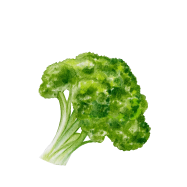
Broccoli:
Provides shade and helps retain moisture
-
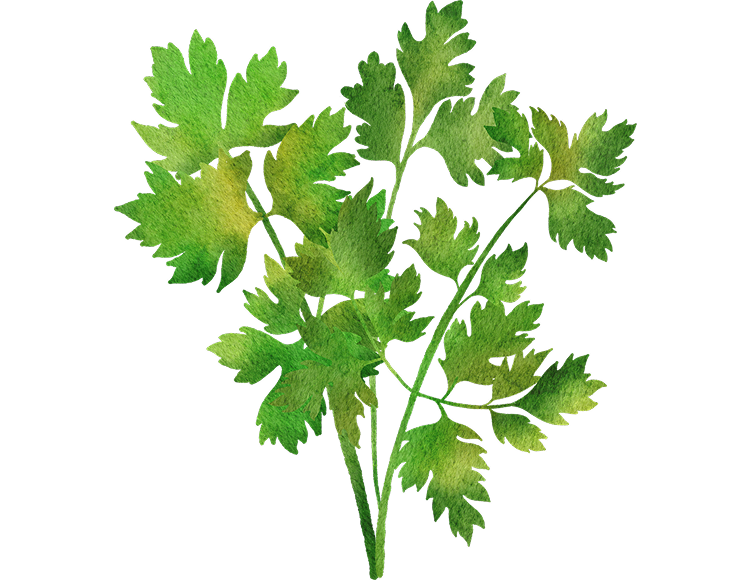
Cilantro:
Attracts beneficial insects that prey on pests
-

Peas:
Peas add nitrogen to the soil and shade the spinach
-

Kale:
Maximizes your space and provide shade
-

Radish:
Radish acts as a trap crop, luring pests away from spinach
Enemy Plants:
-

Fennel & Sunflower:
Emit a compound that can inhibit the growth of spinach
-
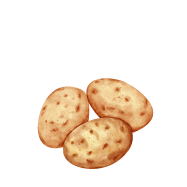
Potato:
Compete for similar nutrients
Attractants:
-

Aphids:
Feed on spinach leaves
-

Ladybugs:
Attracted to the aphids that feed on spinach
Repellents:
-
No known repellents
Best Time to Plant
USDA Hardiness Zones

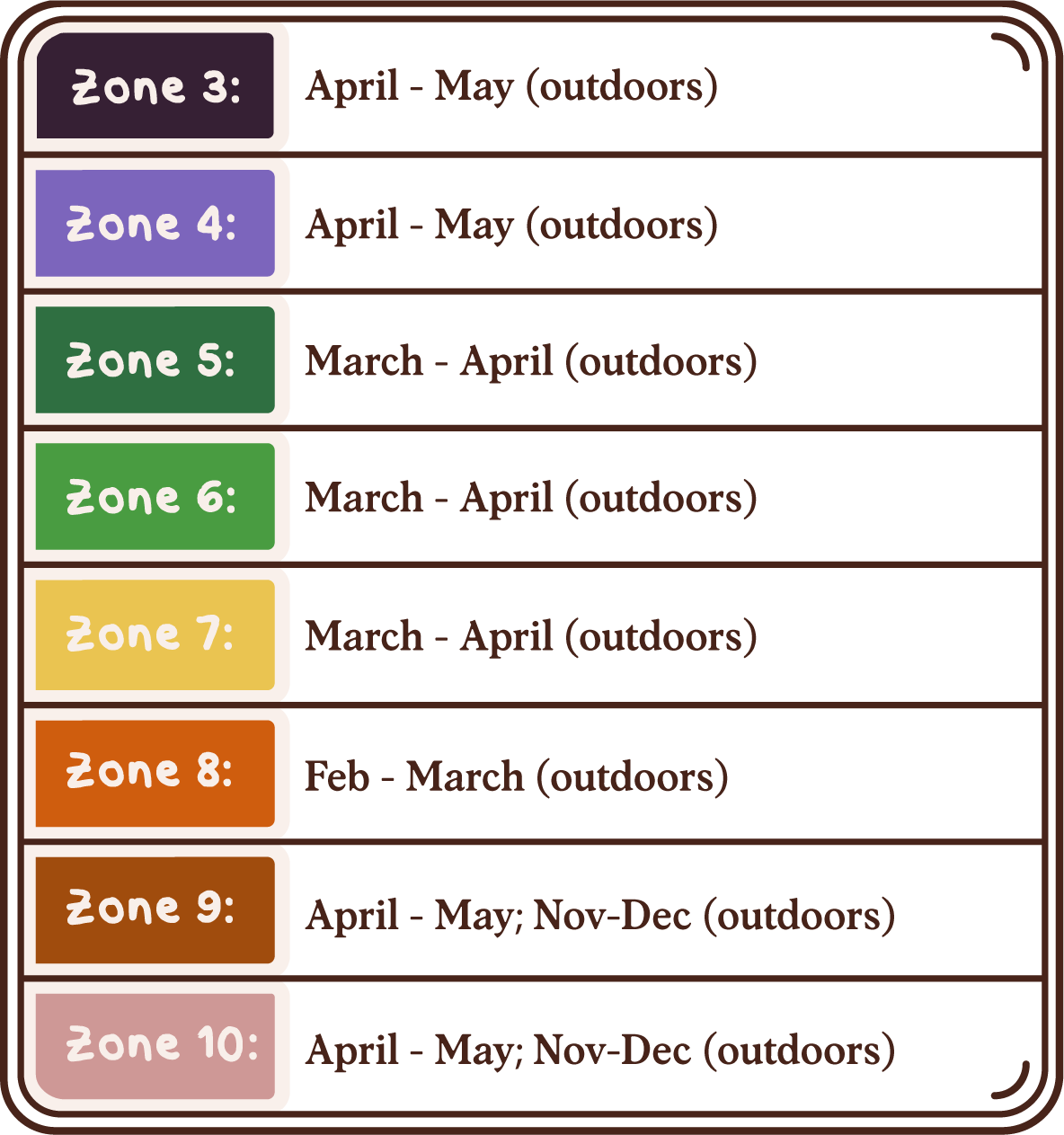
Day to Day Maintenance

-
Watering
Spinach likes the soil moist but not soggy, preferring light watering 3-4 times per week rather than a deep soak. Water at the base to keep the leaves dry and prevent disease.
-
Pruning
Once spinach leaves reach around 3 inches in length, start harvesting the outer leaves to promote continuous growth and to ensure adequate space, sunlight and airflow.
The Harvest
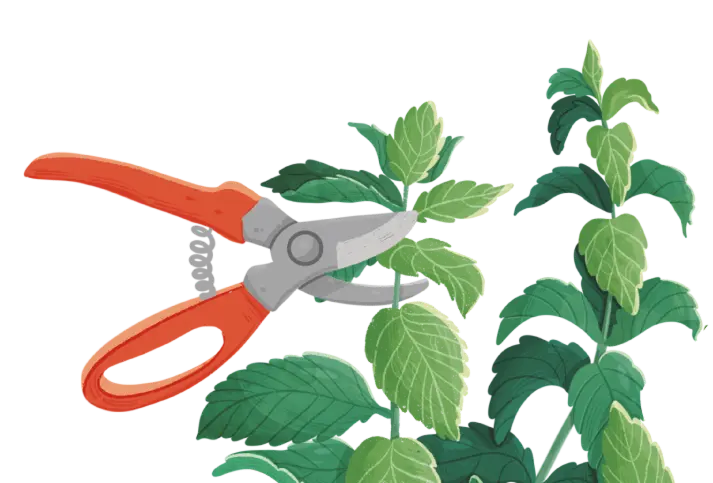
-
Gathering
Pick outer leaves first, allowing the plant to keep producing from the center. Frequent harvesting encourages new growth. Avoid cutting more than one-third of the plant at a time to ensure it can recover and continue producing.
-
Harvest in the morning for the crispiest, sweetest flavor, as leaves retain the most moisture before the day heats up.
Favorite Uses
-
Salad
-

Smoothie
-
Dips
-
Omelette
-
Ravioli


How to Store
-

Refrigeration
Duration: 5-10 days
Location: Store in the refrigerator
Method: Wash and thoroughly dry spinach leaves. Layer them between paper towels in an airtight container or silicone bag. Place in the crisper drawer of your refrigerator. Check periodically and remove any wilted leaves.
-

Freezing
Duration: Up to 6 months
Location: Store in the freezer
Method: Blanch spinach leaves in boiling water for 30 seconds, then immediately transfer to ice water. Squeeze out excess water, pack into airtight containers or freezer bags, removing as much air as possible. Label with the date before freezing.
-
Dehydrating
Duration: 6-12 months
Location: Store in a cool, dry place
Method: Wash and dry spinach leaves thoroughly. Arrange on dehydrator trays and dry at 125°F (52°C) for 2-3 hours or until crisp. Store in airtight containers away from direct light. Rehydrate before use in soups or sauces.
Fun Facts

-
Iron Powerhouse
Often called a 'superfood,' spinach is loaded with iron, supporting energy levels and making it a key ingredient for healthy blood.
-
Sunshine Lover
Spinach thrives in cool weather but still needs plenty of sunshine to grow lush and vibrant leaves, making it a spring and fall favorite in gardens.
-
Energizing Legend
Ancient Persians believed spinach provided strength and stamina, so it became a popular food among warriors before battle.
Subscribe to our Newsletter: "The Small Garden Chronicles"
Where curious growers gather for garden inspiration.
